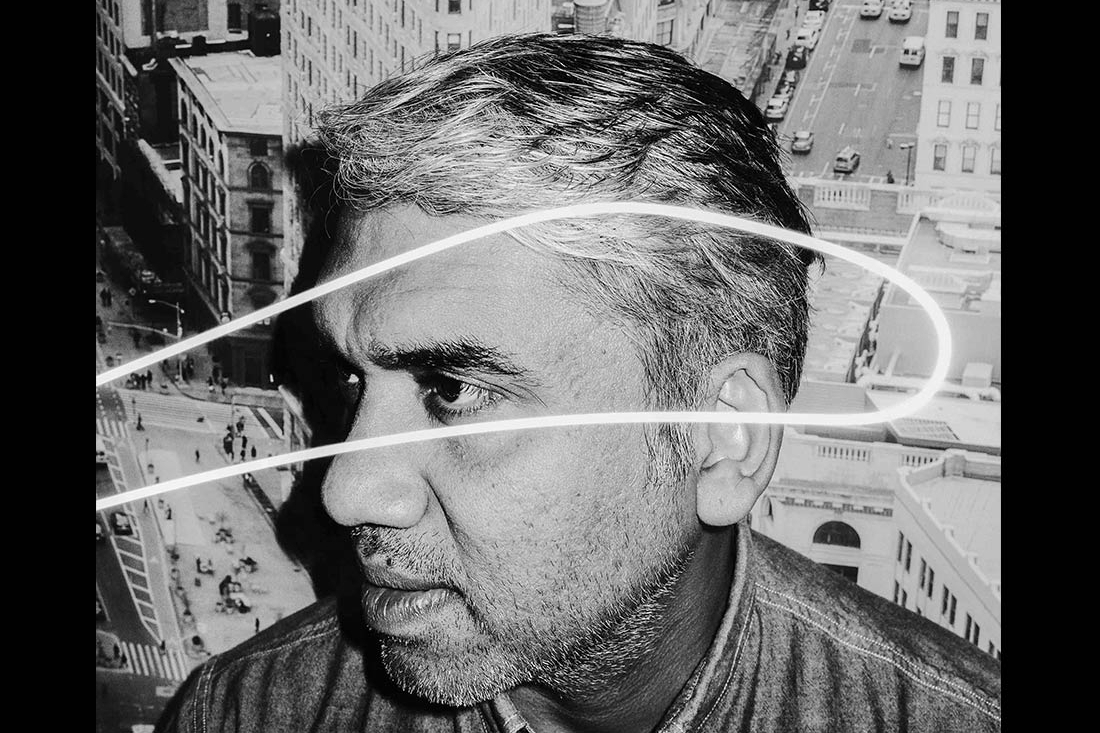

For some, fashion is superficial and trend based while for some it’s deeper—it’s an individuality… an identity. The fashion industry has gone through many phases and radical changes. Today, fashion influences, it inspires, and it has created a voice of its own. It has become an instrument for socio-political, economical and cultural conversation, discourse and debate. It is an industry that is thriving but at the same time, it is an industry that is contributing to the pollutants in the environment and exploiting labour. Today, more than ever, fashion needs to be responsible. It needs to act for the environment. It needs to use its reach and power effectively and consciously. Rajesh Pratap Singh shares his thoughts on the impact of the fashion industry, the importance of sustainability, the need to revive traditional craftsmanship and fashion going genderless.
How does Fashion impact our society, culture and the world we live in?
Fashion has different facets to it. Firstly, it’s a reflection of the world we live in, these socio-political times, and it’s a by-product of the economic conditions of the world.
Fashion is the third if not second most polluting industry in the world – you are probably one of the few designers who acknowledge that and are doing something about it—according to you what can the fashion industry do to become more sustainable?
We personally know very little about it. There are still questions that state what is polluting, what is sustainable and what is not. Just because you are making something on handloom does not mean it’s sustainable. There is a lot of study that needs to be done. But as a thumb rule, if more minimal your carbon imprint, the better it is. Many traditional industries are supposedly less harmful and more sustainable; however, we are not really sure about that. The key is to engage in minimum use of technique and process that has minimum residue, and to work with materials which are more durable. These are the basics that everyone is already aware of. Silly things like using handloom but dyeing the yarn, which is really hazardous, is not sustainable. Awareness is extremely important and turning that awareness to execution is even more important. Also, we need to think more than just trends and fast fashion. As designers we need to be more conscientious and think beyond trends.
“There are many things handloom can do that modern technology cannot. So one should make use of that, and even better, blend the two. That is the way handloom or handicraft will survive.”
How can traditional craftsmen survive and face the challenges in a modern world?
There will be a certain amount of revolution with any product that is made. What was handloom and handcraft a century ago was cutting edge technology then. Things have obviously changed thanks to the industrial revolution and other things that have come with technology. So this is a positive. Crafts and handloom need to, and should be, used in areas where a machine cannot do. There are many things handloom can do that modern technology cannot. So one should make use of that, and even better, blend the two. That is the way handloom or handicraft will survive. Or, it will survive for pieces for the museum—but I am hoping we as an industry will use it for more than just the museum. Basically, we should take advantages and virtues of handloom and handicraft and mix it with technology and that is the way it will work.
Fashion is moving towards becoming genderless—what do you think has brought about this new sensibility?
I think, again, it’s part of the revolution. As more and more women are working and the glass ceiling is giving way, this new sensibility is seeping in. It is more about speed and intellect that will blur the lines between genders. How intelligent a person is, will reflect in fashion. I don’t think it’s only a matter of trend—it’s beyond that.
Fashion is Art is Music is Design is Technology—the boundaries are merging. Can you comment.
As much as we like to push the boundary, at the end of the day fashion is an applied art at best. Fashion is like architecture. It is a functional thing. It needs to have functionality. Art has the luxury of time but fashion doesn’t. At times, the boundaries blur and at times they inspire each other, but these are two different worlds and have their distinct areas.
Lastly, how would you deconstruct fashion in today’s times?
The construction for me is becoming more and more important. I think we are battling with the whole idea of fast fashion. Fashion is unpredictable; no one knows where it’s going to head tomorrow.